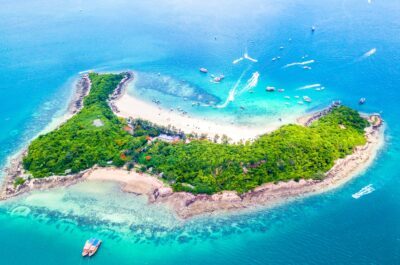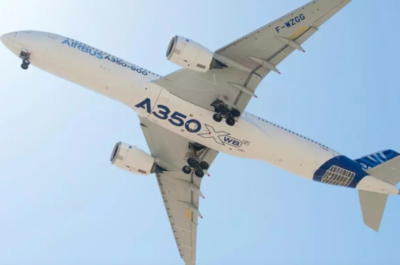…
Transport of the mails, transport of the human voice, transport of flickering pictures – in this century, as in others, our highest accomplishments still have the single aim of bringing people together.
Antoine de Saint Exupéry
Wind, Sand, and Stars, 1939
MESSAGE FROM THE WTO SECRETARY-GENERAL FOR WORLD TOURISM DAY 2005
Transport has always been the lifeblood of the travel industry – and what better time to celebrate this vital relationship than in the year that marks the centenary of the death of one of the world’s great authors and travel visionaries.
Most of Jules Verne’s fantasies have yet to come to fruition. But by the time he died in 1905 his words had fired the imagination of avid readers and potential travellers right around the globe.
In Verne’s day international travel was still, in many cases, an adventure. Today, while ever more people go on holiday or travel to do business, play sports, attend meetings, visit friends and relatives, or simply in search of excitement, we have come to expect, as far as transport is concerned, standards of efficiency, comfort, and safety that to a large extent determine the quality of our final experience.
Perhaps it is no coincidence that the two transport inventions that are now recognized as the main instigators of modern tourism – the car and the airplane – both made their appearance on the world stage shortly before Verne’s death.
Passenger transport has come a long way since the first economical air services began 70 years ago – through early jet airliners to the Boeing 747 Jumbo, to Concorde and soon the arrival of the biggest airliner ever, the double-decker Airbus A380.
Over the last century, international travel has become such a normal part of everyday life that transport capacity is now a critical factor in the development or expansion of any destination.
A lack of adequate infrastructure – especially of airports and roads – is a major obstacle to tourism growth. For some destinations, small islands and landlocked countries for example, good air access is essential to bring in tourists.
The rapid development of the industry in recent years is closely related with that of another modern phenomenon, the incredible leap forward in communications. At a time when we are bombarded with ever more information from both traditional and electronic sources, we are also travelling more and more.
Higher disposable incomes also mean that far more people can afford to travel. In 1950 it was twenty million, last year 760 million, and by 2020 it is expected that the number of international travellers will exceed 1.6 billion a year.
How much further can we go? What are the final frontiers in this quest for travel? Will humankind only be satisfied when journeys into space become readily available and affordable?
Exploits that were once no more than the brainchild of science-fiction writers such as Jules Verne are growing ever nearer reality with the advances in transport that have and will continue to be made. But through all this it is important that we do not forget the fundamental objectives of travel.
Travel enables us to enrich our lives with new experiences, to enjoy and to be educated, to learn respect for foreign cultures, to establish friendships, and above all to contribute to international cooperation and peace throughout the world.
TravelDailyNews Asia-Pacific editorial team has an experience of over 35 years in B2B travel journalism as well as in tourism & hospitality marketing and communications.



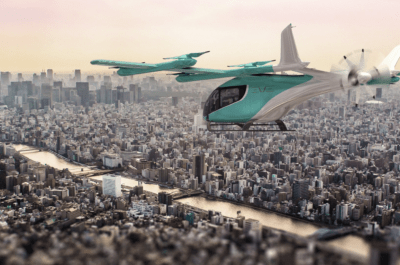


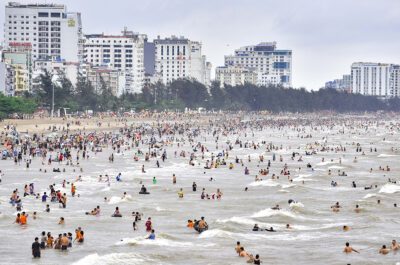












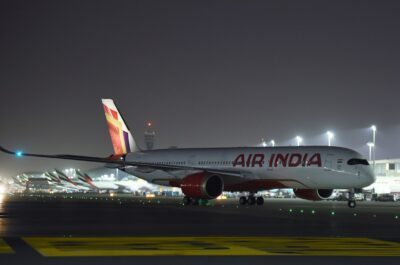



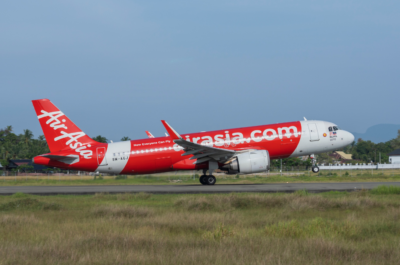









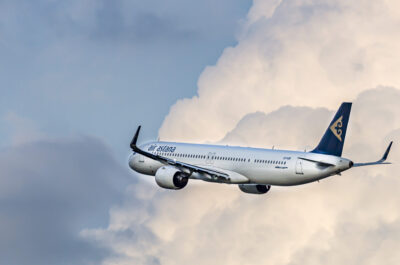

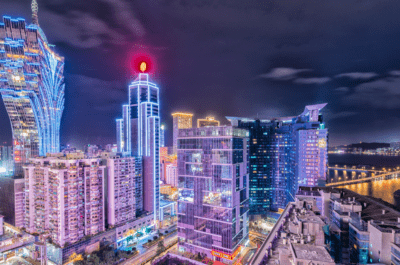
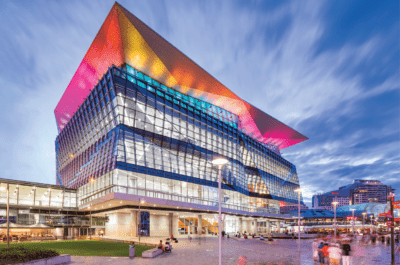










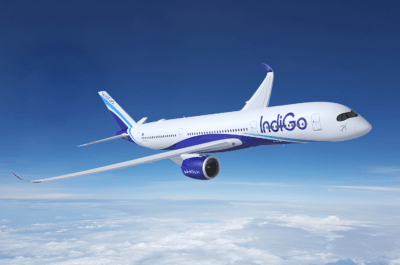




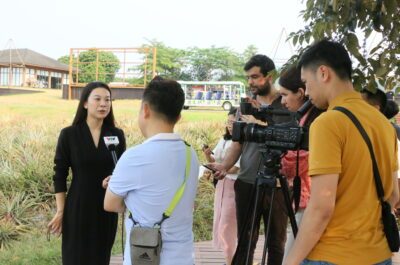






![[PR] PR_Ascott and Vimut Hospital_2024](https://www.traveldailynews.asia/wp-content/uploads/2024/04/PR-PR_Ascott-and-Vimut-Hospital_2024-400x265.jpg)

